Home>Storage & Organization>Kitchen Organizing Tools>Why Is My Rabbit Not Using The Litter Box
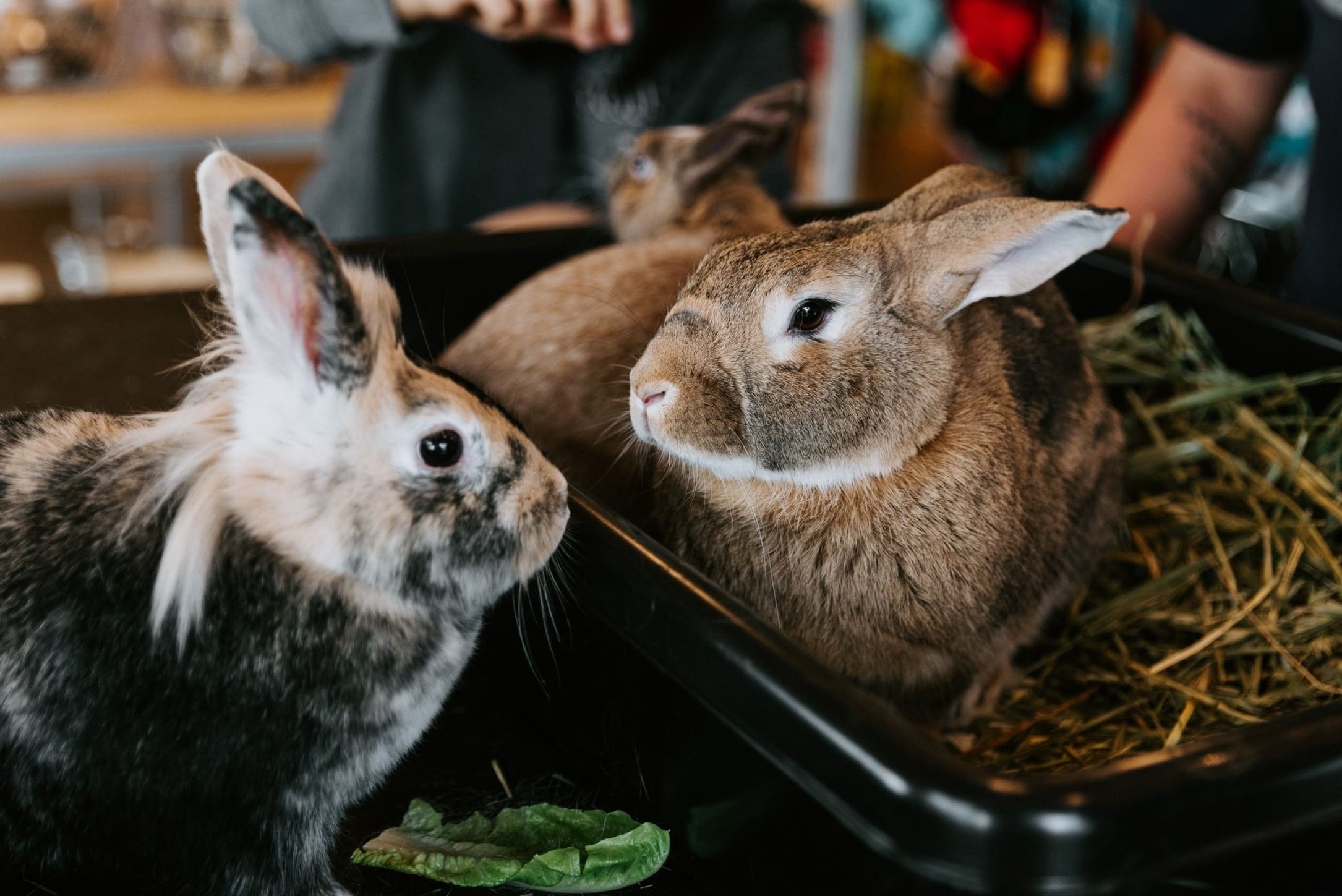

Kitchen Organizing Tools
Why Is My Rabbit Not Using The Litter Box
Modified: March 2, 2024
Discover the best kitchen organizing tools to keep your space tidy and efficient. Find out why your rabbit may not be using the litter box and how to address the issue. Unlock helpful tips and solutions now!
(Many of the links in this article redirect to a specific reviewed product. Your purchase of these products through affiliate links helps to generate commission for Storables.com, at no extra cost. Learn more)
Common Reasons for Rabbit Not Using the Litter Box
Rabbits are generally fastidious creatures, known for their instinctive inclination to keep their living spaces tidy. However, there are instances when a rabbit may deviate from using the litter box, leaving their owners perplexed. Understanding the common reasons behind this behavior is crucial in addressing the issue effectively.
-
Improper Litter Box Placement: The location of the litter box plays a pivotal role in a rabbit's willingness to use it. If the box is situated in an area that feels unsafe or unfamiliar to the rabbit, they may avoid it altogether. Additionally, placing the litter box too close to their food or water can deter them from using it, as rabbits prefer to keep their eating and elimination areas separate.
-
Inadequate Litter Box Size: Rabbits are active animals that require ample space to move around comfortably. A litter box that is too small may discourage them from using it, leading to accidents outside the designated area. Providing a spacious litter box can significantly improve their litter box habits.
-
Incorrect Litter Type: Rabbits have specific preferences when it comes to litter. Using a type of litter that is unfamiliar or uncomfortable for them can result in avoidance. Opting for a rabbit-safe litter, such as paper-based or aspen shavings, can encourage them to use the box consistently.
-
Unclean Litter Box: Rabbits are sensitive to odors, and a dirty litter box can be a major deterrent. If the box is not cleaned regularly, the accumulated waste and odor can repel the rabbit, prompting them to seek alternative elimination spots.
-
Territorial Marking: Unneutered or unspayed rabbits may exhibit territorial behavior by marking their surroundings with urine. This can lead to inconsistent litter box use as they assert their dominance and establish their territory.
-
Stress or Anxiety: Changes in the rabbit's environment, such as the introduction of a new pet, relocation to a different home, or loud noises, can induce stress and anxiety in rabbits. As a result, they may refuse to use the litter box as a manifestation of their distress.
Understanding these common reasons for a rabbit not using the litter box is the first step in addressing the issue effectively. By identifying and mitigating the underlying causes, rabbit owners can create a conducive environment that promotes consistent litter box habits in their furry companions.
Key Takeaways:
- Keep your rabbit’s litter box in a quiet, safe area away from their food and water to encourage consistent use. Use rabbit-safe litter and clean the box regularly to maintain a hygienic environment.
- Neutering or spaying your rabbit can reduce territorial marking behaviors and promote better litter box compliance. Use positive reinforcement and environmental enrichment to encourage successful litter box habits.
Read more: Why Did My Rabbit Stop Using The Litter Box
Health Issues That Can Affect Litter Box Use
A rabbit's reluctance to use the litter box can sometimes be attributed to underlying health issues that affect their elimination habits. As conscientious pet owners, it is essential to be attuned to potential health concerns that may manifest as changes in litter box behavior.
One prevalent health issue that can impact a rabbit's litter box use is urinary tract problems. These conditions, including urinary tract infections and bladder sludge, can cause discomfort and pain during urination, leading the rabbit to associate the litter box with discomfort and subsequently avoid it. Additionally, the presence of blood in the urine, straining to urinate, or vocalizing distress while using the litter box may indicate urinary tract issues that warrant prompt veterinary attention.
Gastrointestinal ailments, such as gastrointestinal stasis or dental problems, can also influence a rabbit's litter box habits. When experiencing digestive discomfort or pain, rabbits may exhibit aversion to the litter box as they associate it with their discomfort. Signs of gastrointestinal issues, including reduced appetite, decreased fecal output, or a hunched posture, should prompt immediate veterinary evaluation to address the underlying health concerns.
Furthermore, musculoskeletal conditions, such as arthritis or spinal issues, can impede a rabbit's ability to access the litter box comfortably. Pain or stiffness associated with movement may deter the rabbit from using the box, leading to accidents outside the designated area. Observing changes in mobility, reluctance to jump, or altered gait can signal the presence of musculoskeletal issues that necessitate veterinary assessment and appropriate management.
In some cases, systemic illnesses, such as liver or kidney disease, can manifest as changes in litter box behavior. Rabbits with these conditions may exhibit increased or decreased urine output, altered urine color, or changes in fecal consistency, all of which can impact their litter box use. Monitoring the rabbit's urinary and fecal patterns can provide valuable insights into their overall health, prompting timely veterinary intervention if abnormalities are detected.
As responsible caregivers, it is imperative to prioritize the well-being of our rabbit companions by remaining vigilant for any deviations in their litter box habits. Seeking prompt veterinary care upon observing changes in elimination patterns can facilitate early diagnosis and intervention, ensuring the optimal health and comfort of our beloved rabbits.
Ensure the litter box is clean and in a quiet, accessible location. Use a litter that your rabbit prefers and consider any recent changes in their environment or routine that may be causing stress.
Behavioral Factors That Impact Litter Box Training
Understanding the behavioral factors that influence litter box training in rabbits is essential for fostering consistent and successful litter box habits. Rabbits, like many animals, are influenced by their instincts, preferences, and responses to environmental stimuli, all of which play a significant role in their litter box behavior.
One crucial behavioral factor is a rabbit's natural inclination for cleanliness. In the wild, rabbits designate specific areas within their burrows for elimination, separate from their living and feeding spaces. This instinctual behavior stems from their innate desire to maintain a clean and hygienic environment. When domesticated, rabbits retain this instinct, making them predisposed to using a litter box for elimination. Understanding and respecting this natural inclination is fundamental in facilitating successful litter box training.
Additionally, a rabbit's territorial instincts can impact their litter box habits, particularly in unneutered or unspayed individuals. Marking territory through urine and feces is a common behavior in rabbits, especially during hormonal surges. Unaltered rabbits may exhibit a stronger tendency to mark their surroundings, leading to challenges in litter box training. Neutering or spaying rabbits can significantly mitigate territorial marking behaviors, thereby promoting improved litter box compliance.
Furthermore, a rabbit's response to stress and changes in their environment can influence their litter box training. Rabbits are sensitive animals that can be profoundly affected by alterations in their surroundings, routine, or social dynamics. Stressors such as loud noises, unfamiliar scents, or the introduction of new pets can disrupt a rabbit's litter box habits, leading to avoidance or accidents. Creating a calm and predictable environment, enriched with familiar scents, comforting hideaways, and consistent routines, can alleviate stress and contribute to successful litter box training.
Moreover, positive reinforcement and environmental enrichment play pivotal roles in shaping a rabbit's litter box behavior. Utilizing rewards, such as favorite treats or verbal praise, when the rabbit uses the litter box can reinforce the desired behavior. Additionally, providing a stimulating and enriching living space, complete with appropriate toys, hiding spots, and mental stimulation, can contribute to a rabbit's overall well-being and encourage consistent litter box use.
Understanding and addressing these behavioral factors are integral to successful litter box training in rabbits. By acknowledging their natural instincts, minimizing territorial behaviors, mitigating stress, and implementing positive reinforcement and environmental enrichment, rabbit owners can establish a conducive environment that promotes consistent and reliable litter box habits in their beloved furry companions.
Tips for Encouraging Litter Box Use in Rabbits
Encouraging consistent litter box use in rabbits is a multifaceted endeavor that encompasses environmental considerations, behavioral reinforcement, and attentive care. By implementing the following tips, rabbit owners can create an optimal setting that fosters successful litter box habits in their furry companions.
-
Strategic Litter Box Placement: Position the litter box in a quiet, secure area that aligns with the rabbit's natural inclination for privacy and safety. Avoid placing the box near their food and water, as rabbits prefer to keep their eating and elimination areas distinct. Additionally, consider providing multiple litter boxes in different areas of the rabbit's living space to accommodate their territorial instincts and ensure convenient access.
-
Appropriate Litter Selection: Opt for rabbit-safe litter materials, such as paper-based or aspen shavings, to cater to the rabbit's preferences and comfort. Avoid using clumping cat litter or cedar-based products, as these can pose health risks to rabbits. Ensuring a sufficient depth of litter in the box can also enhance the rabbit's willingness to use it.
-
Regular Cleaning and Maintenance: Maintain a consistent cleaning schedule for the litter box, removing waste and refreshing the litter as needed. Rabbits are sensitive to odors, and a clean, hygienic litter box is essential in promoting their consistent use. Using mild, rabbit-safe cleaning products can help maintain a pristine environment without overwhelming the rabbit with strong scents.
-
Neutering or Spaying: Consider the option of neutering or spaying the rabbit, as this can significantly reduce territorial marking behaviors and promote improved litter box compliance. Alleviating hormonal influences can contribute to a more predictable and consistent litter box training process.
-
Positive Reinforcement: Utilize positive reinforcement techniques to encourage the rabbit to use the litter box. Offering favorite treats, gentle praise, or affectionate attention when the rabbit utilizes the box reinforces the desired behavior and fosters a positive association with the litter box.
-
Environmental Enrichment: Enrich the rabbit's living space with stimulating toys, safe chew items, and comfortable hiding spots. A well-enriched environment can alleviate stress, promote mental and physical stimulation, and contribute to overall well-being, thereby supporting successful litter box training.
-
Consistency and Patience: Be patient and consistent in the litter box training process. Understand that rabbits may require time to adapt to new routines and expectations. Consistent reinforcement of desired behaviors and a patient, understanding approach can yield positive results in the long run.
By integrating these tips into the care and management of rabbits, owners can create an environment that encourages and sustains consistent litter box habits. Through attentive consideration of the rabbit's instincts, preferences, and environmental needs, successful litter box training can be achieved, enhancing the well-being and harmony of both the rabbit and their human companions.
Frequently Asked Questions about Why Is My Rabbit Not Using The Litter Box
Was this page helpful?
At Storables.com, we guarantee accurate and reliable information. Our content, validated by Expert Board Contributors, is crafted following stringent Editorial Policies. We're committed to providing you with well-researched, expert-backed insights for all your informational needs.
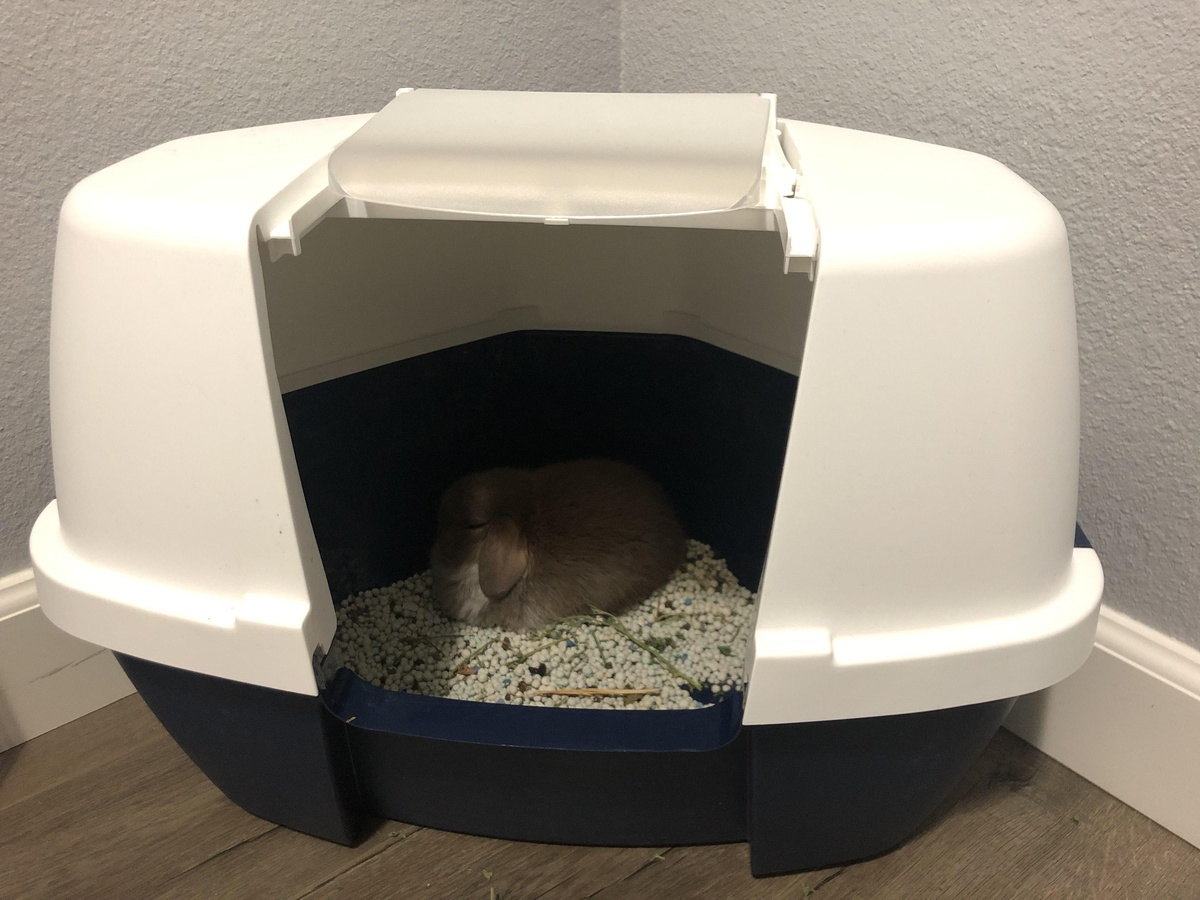
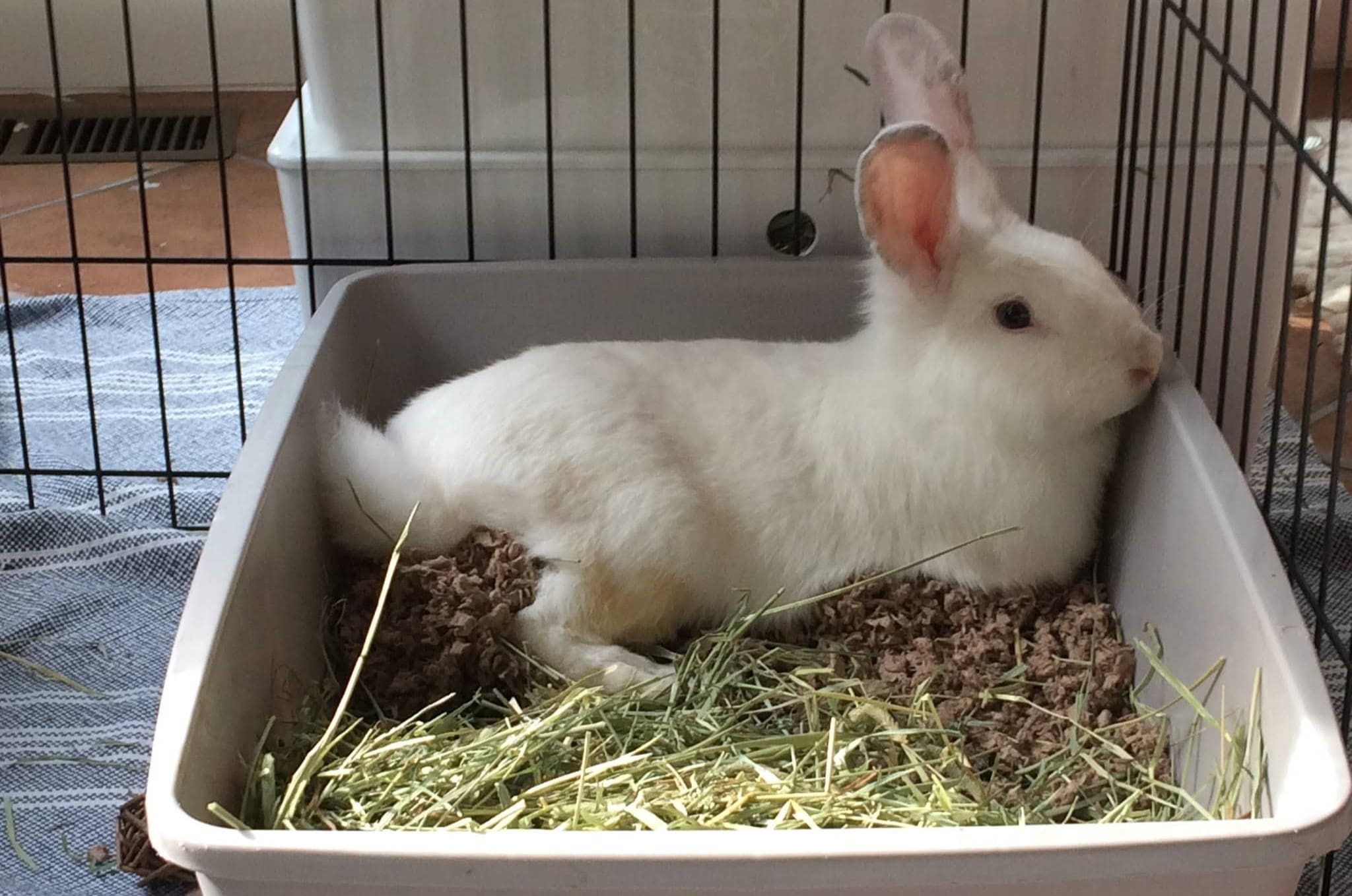
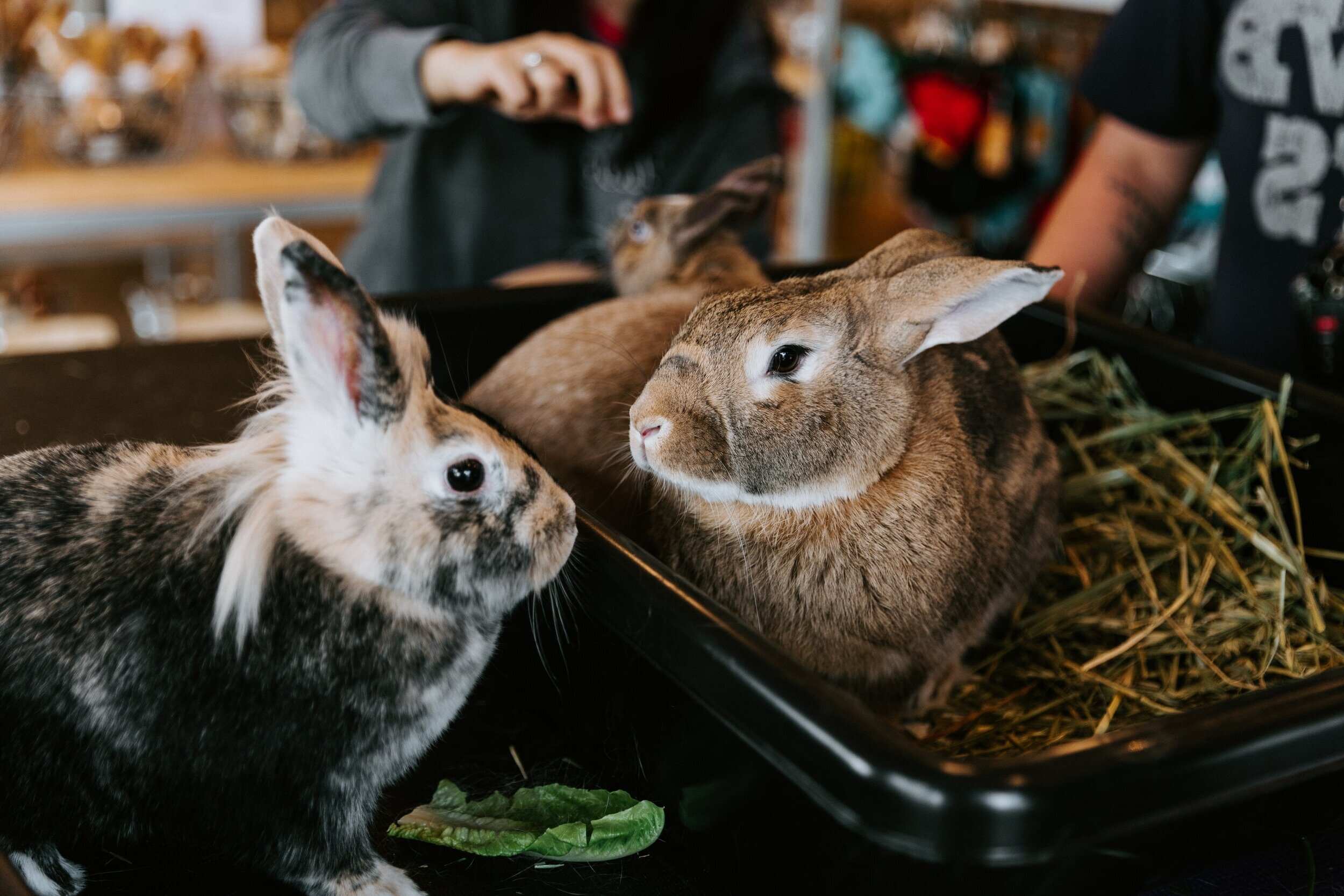
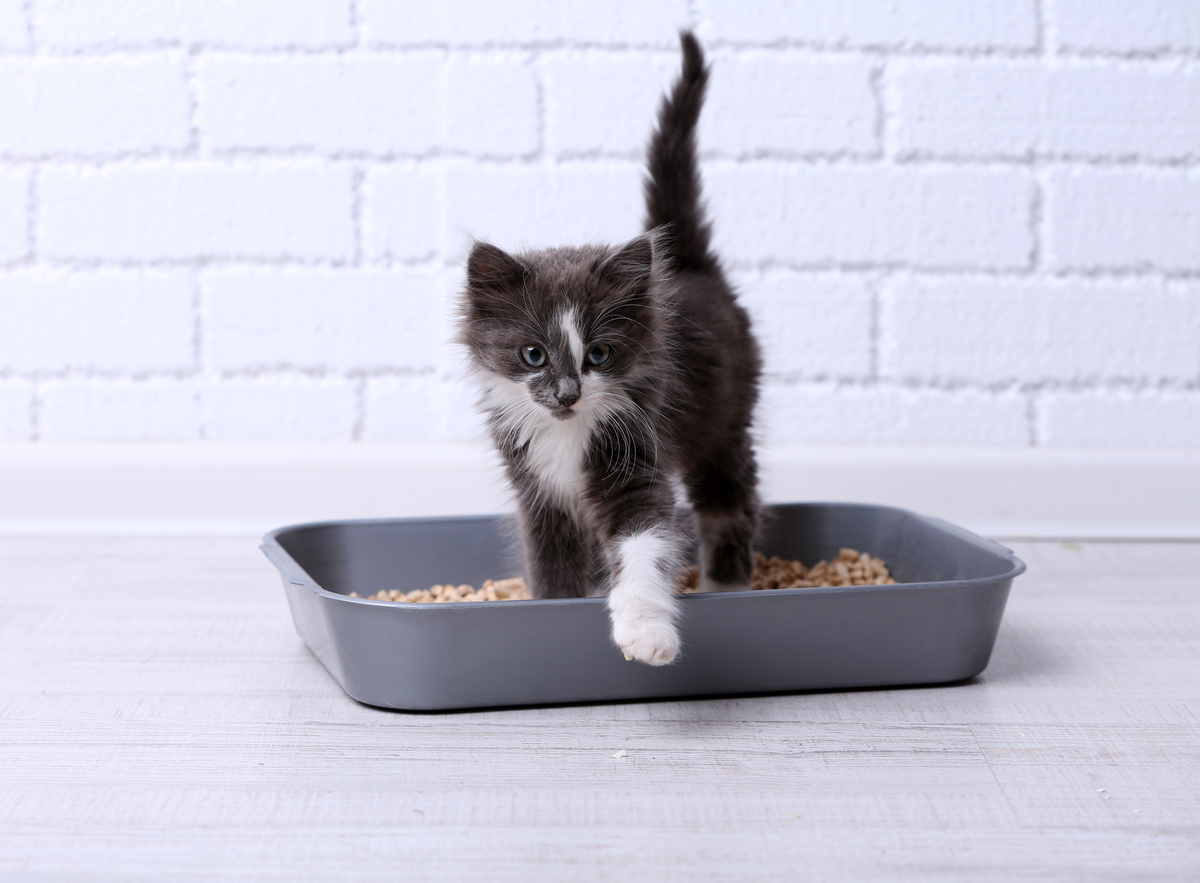
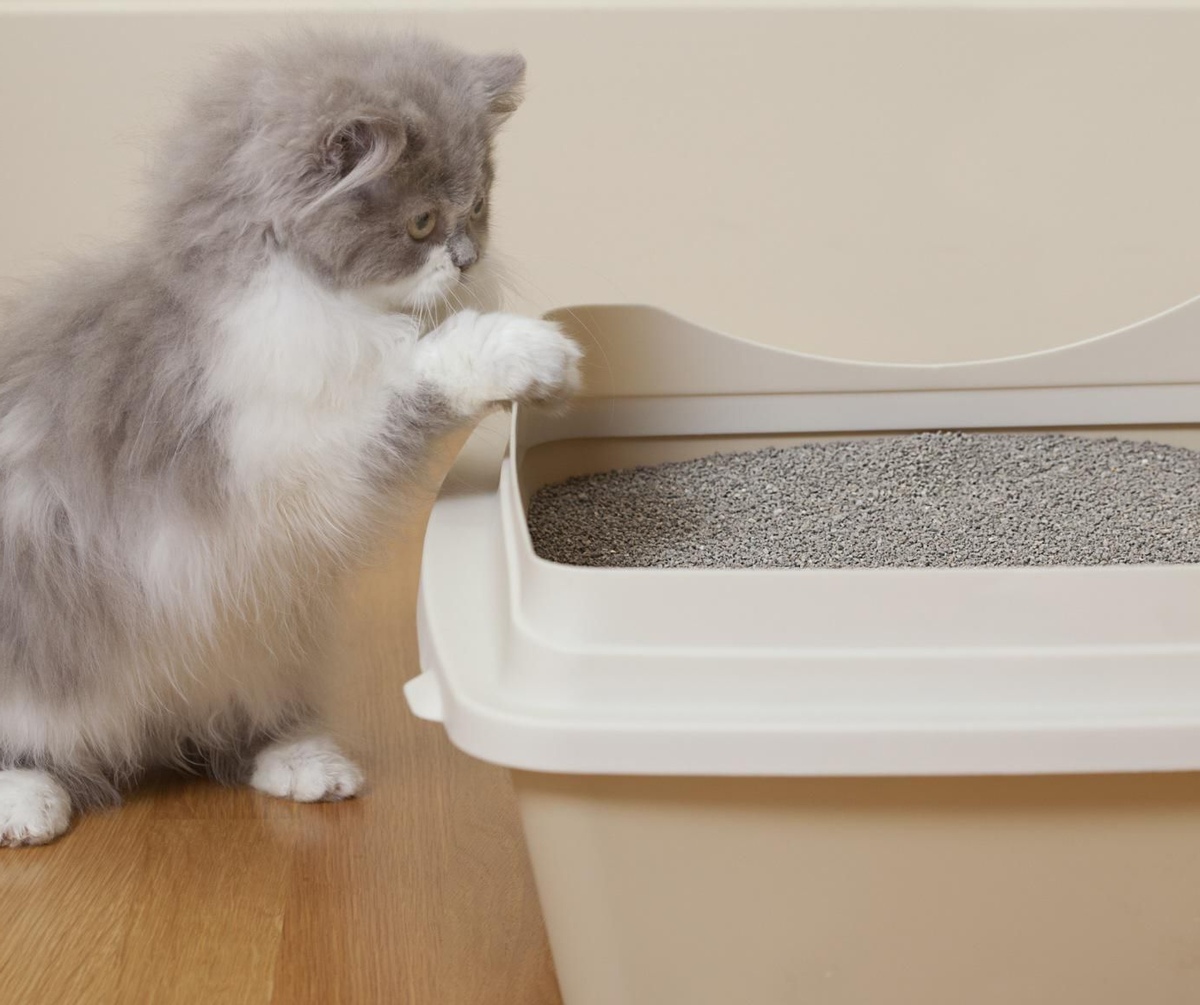
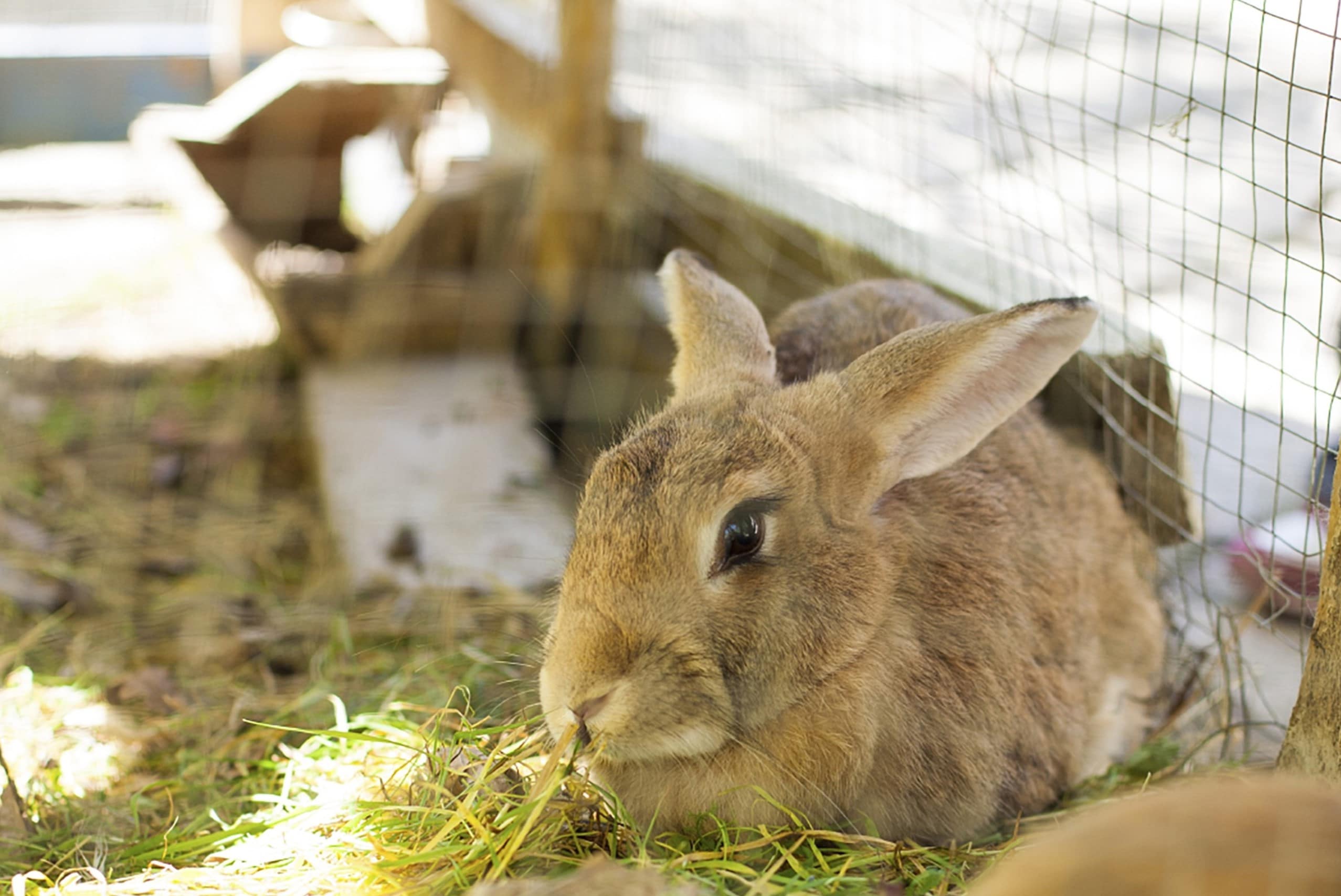
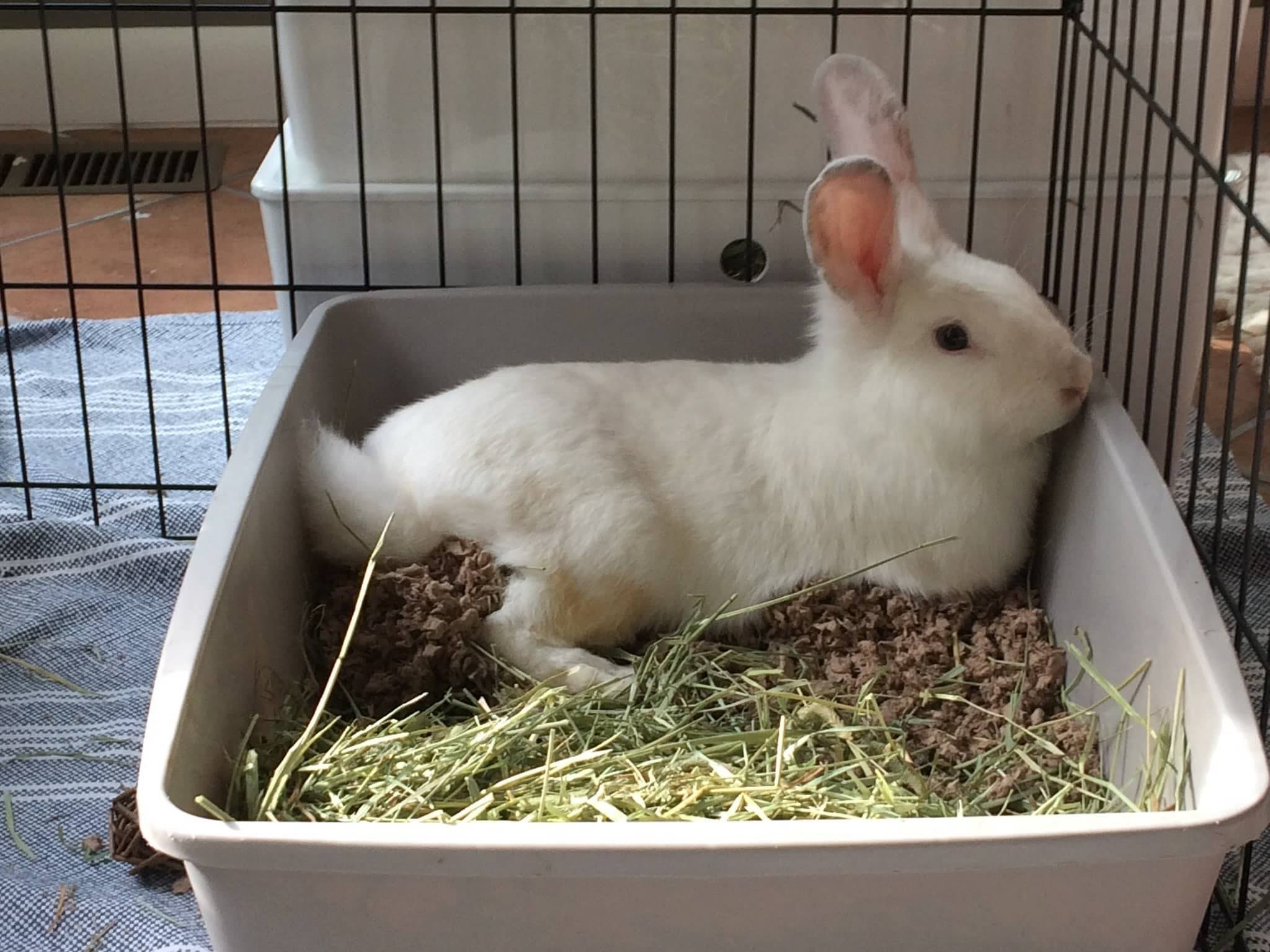
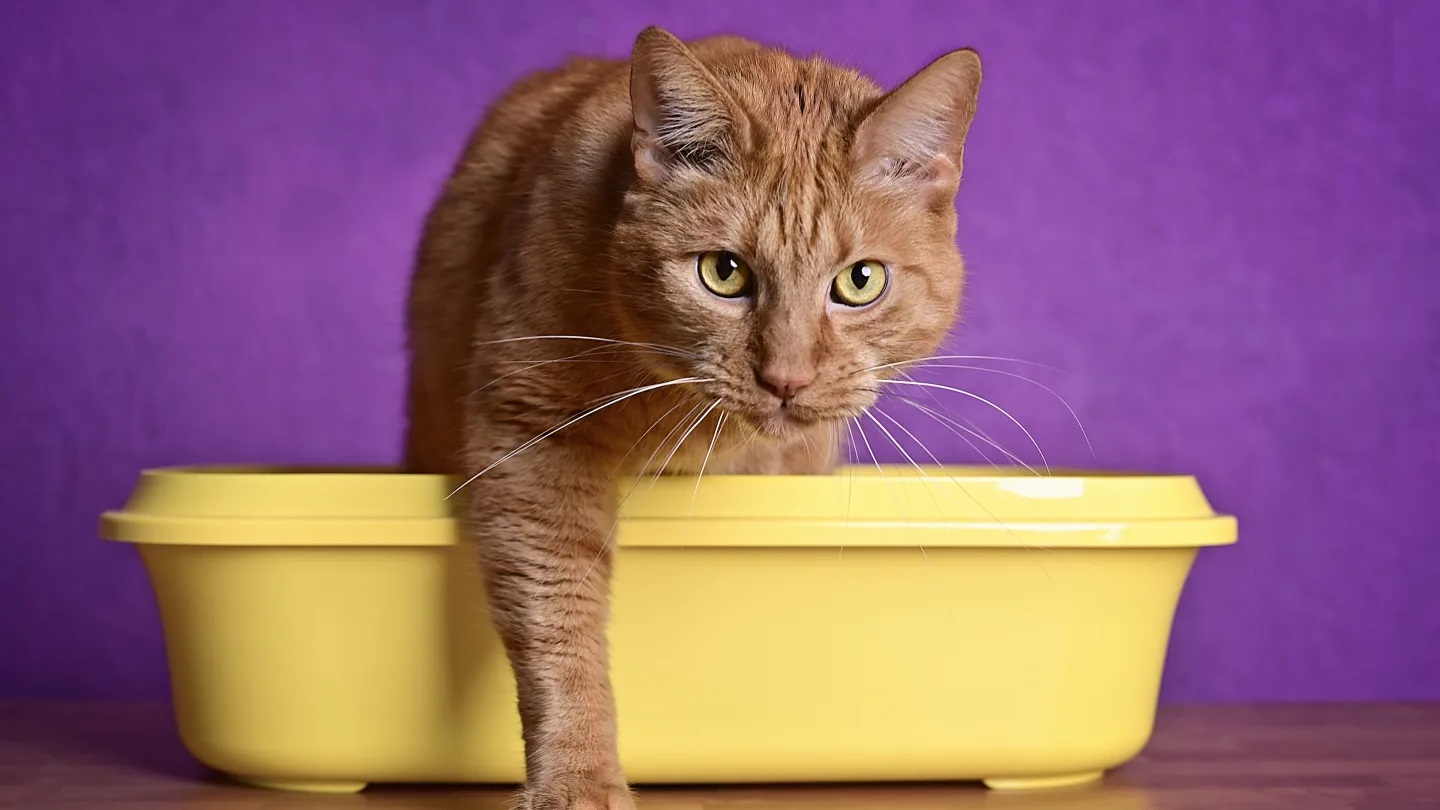

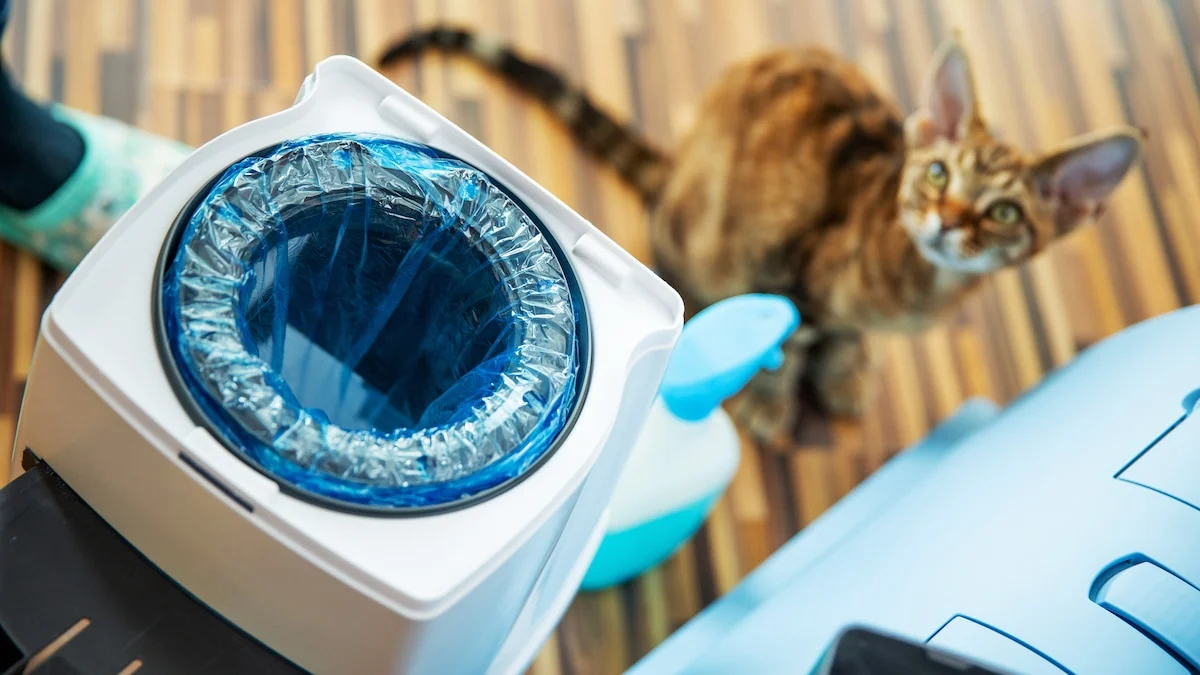
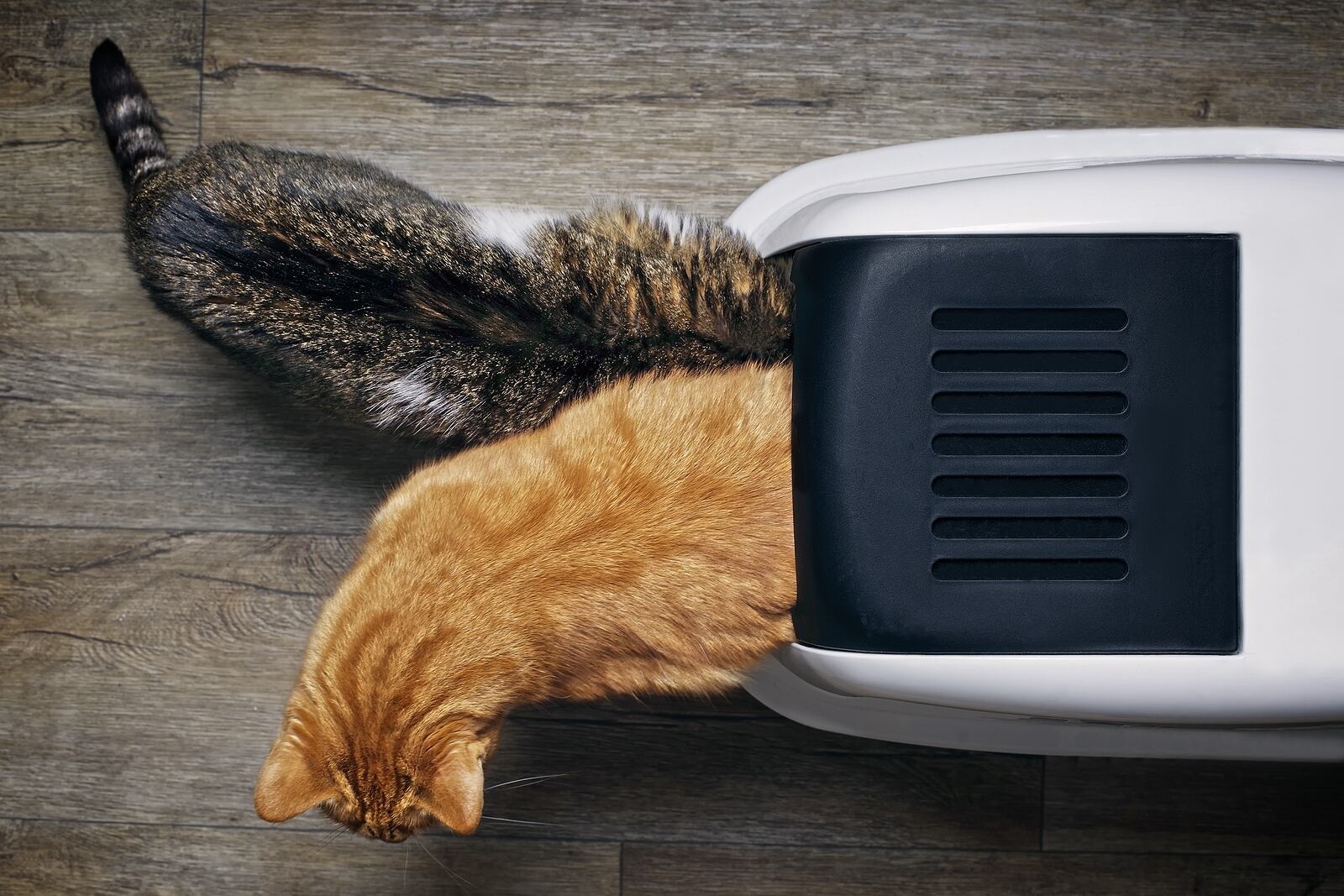
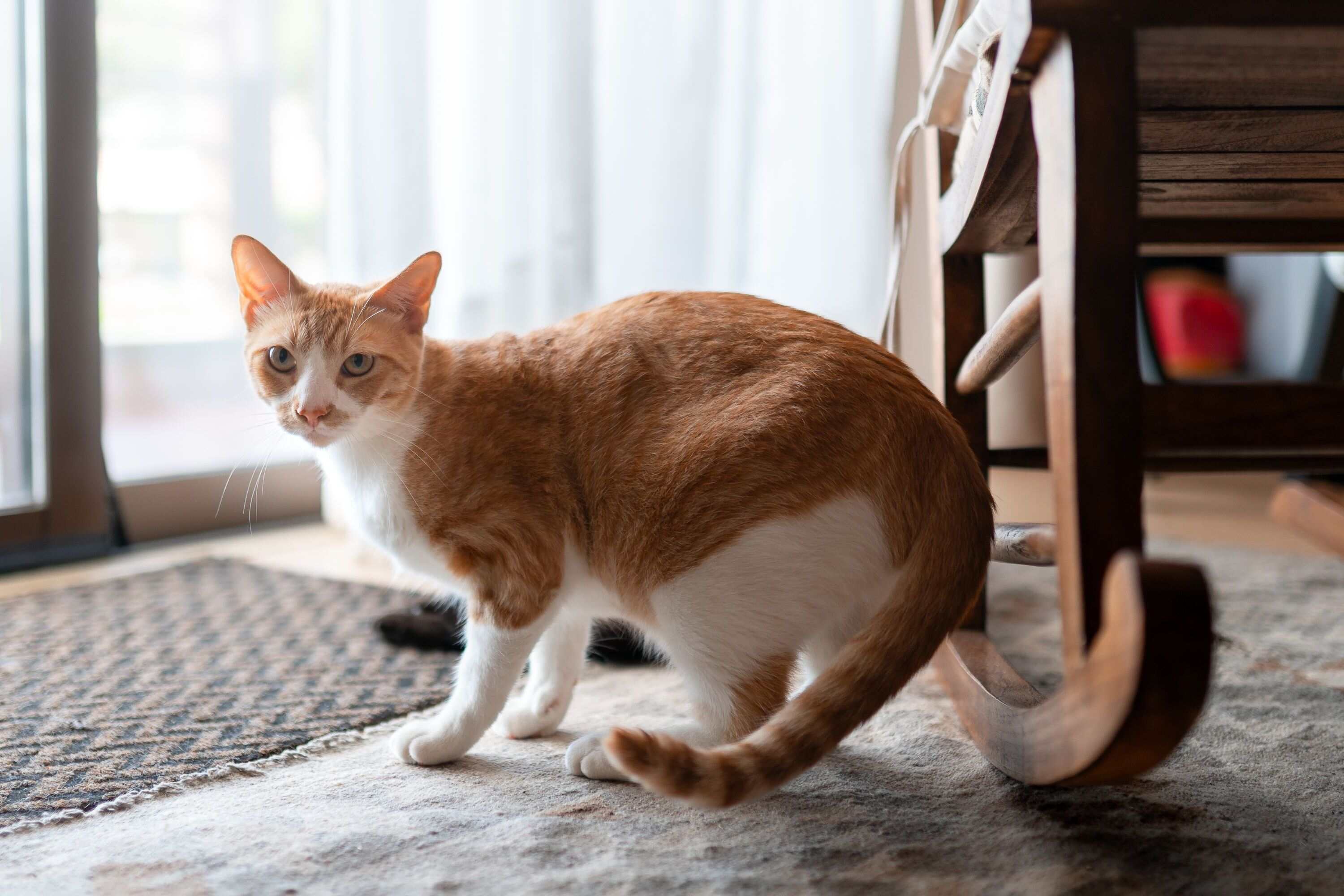
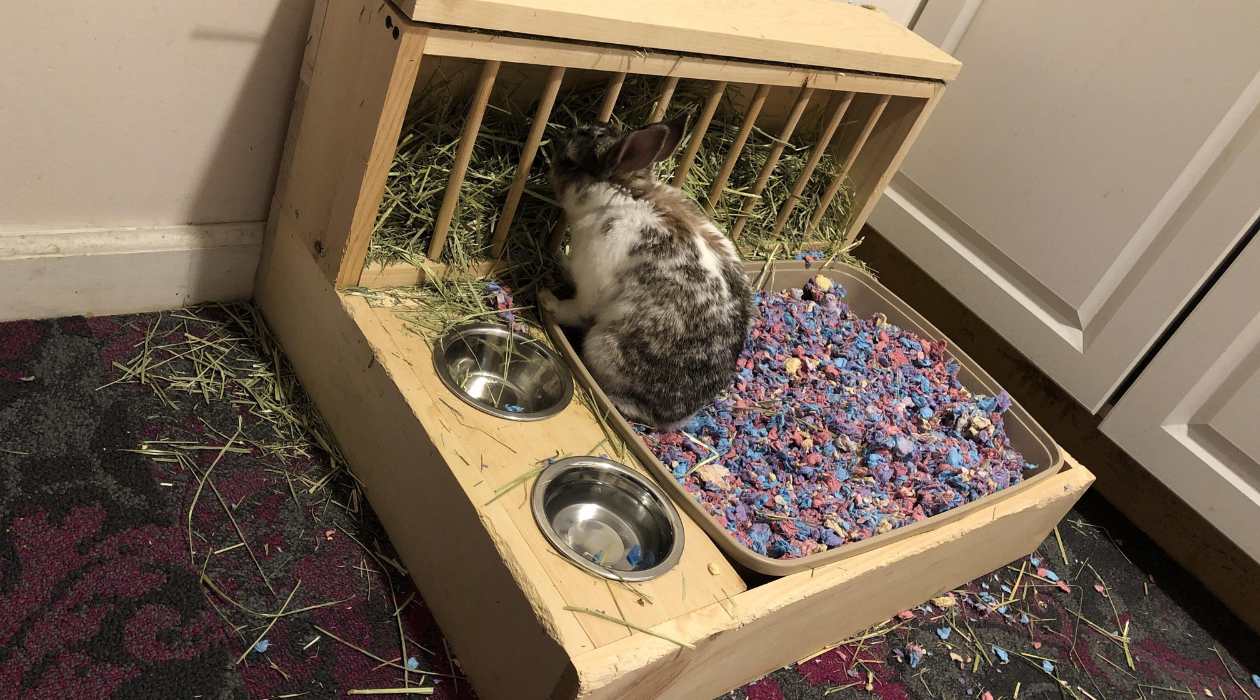
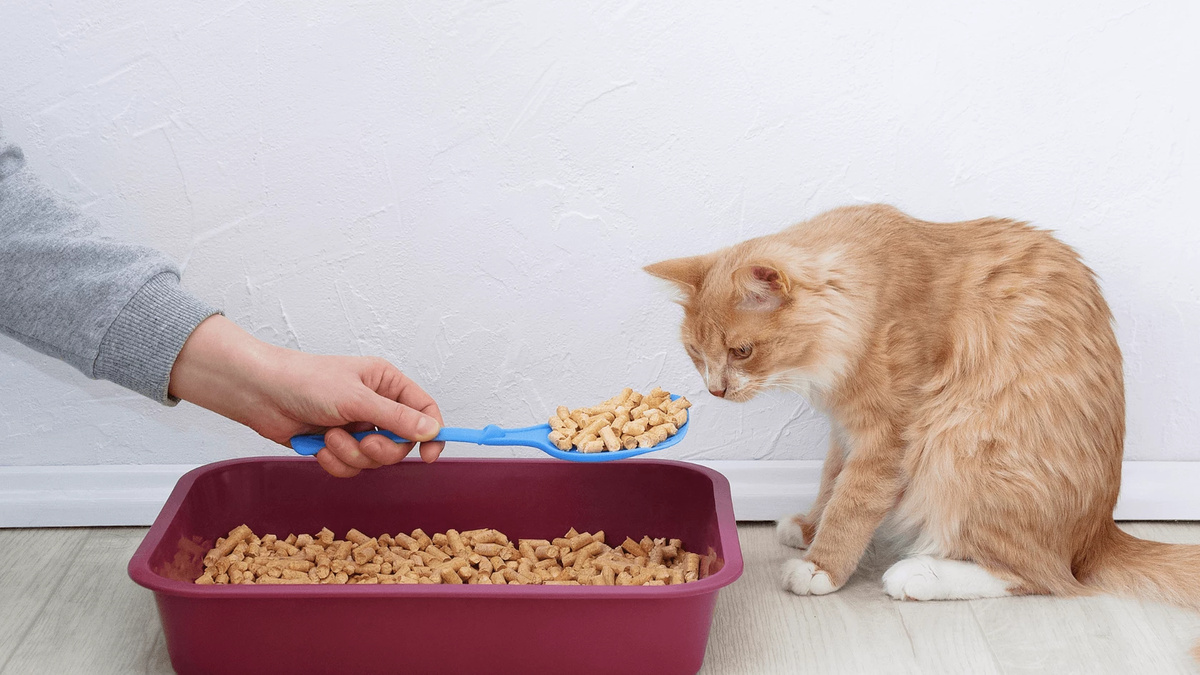
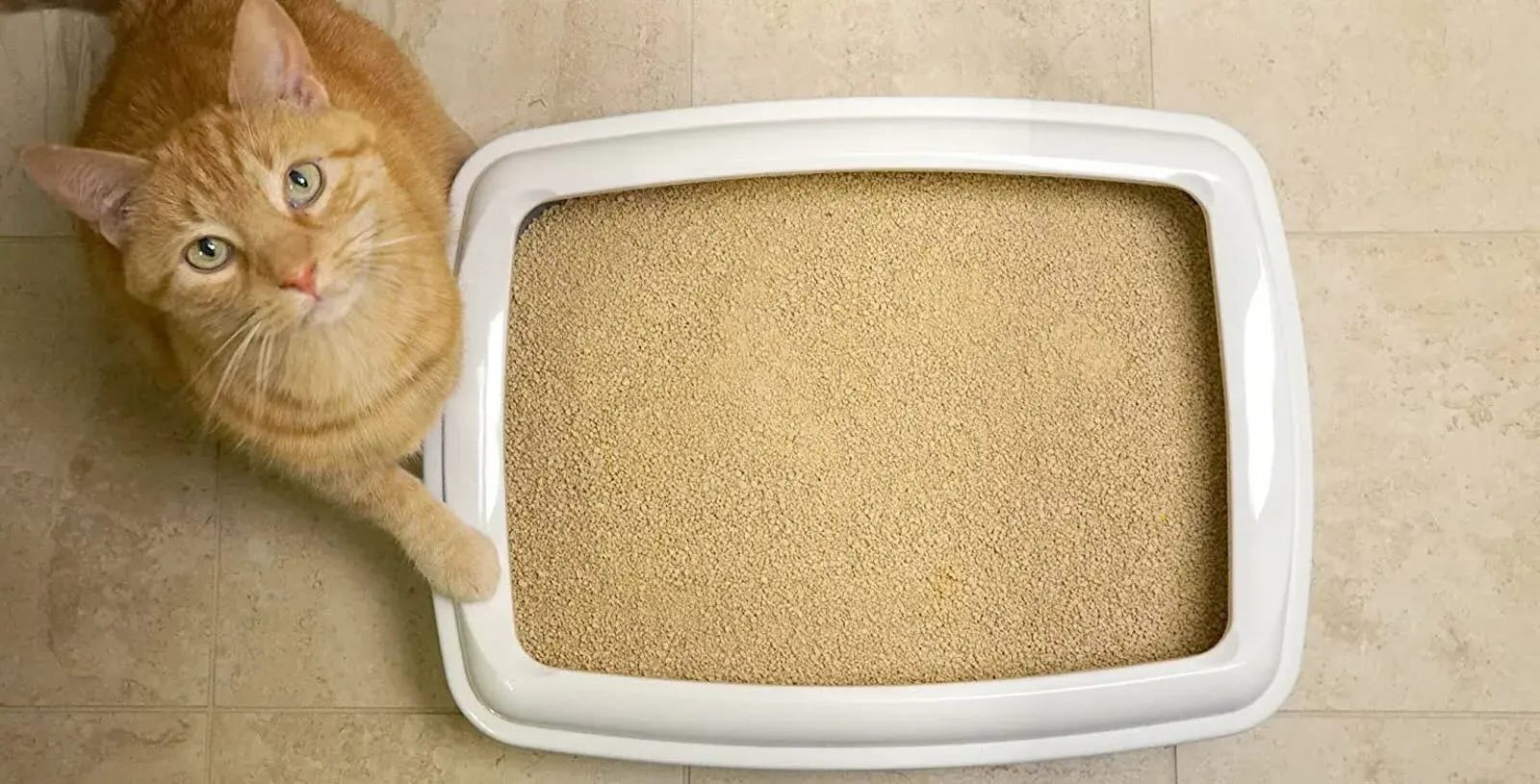

0 thoughts on “Why Is My Rabbit Not Using The Litter Box”